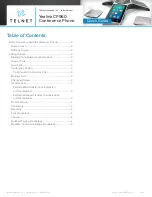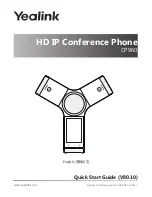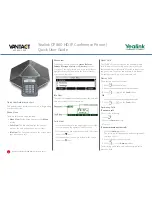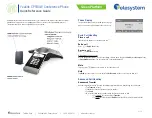
121
Safety
performance requirements for
hearing aids and wireless
phones so that no
interference occurs when a
person uses a ‘compatible’
phone and a ‘compatible’
hearing aid at the same time.
This standard was approved
by the IEEE in 2000. The FDA
continues to monitor the use
of wireless phones for
possible interactions with
other medical devices. Should
harmful interference be found
to occur, the FDA will
conduct testing to assess the
interference and work to
resolve the problem.
12. Where can I find additional
information?
For additional information,
please refer to the following
resources:
FDA web page on wireless
phones (http://www.fda.gov/)
Federal Communications
Commission (FCC) RF Safety
Program(http://www.fcc.gov/o
et/rfsafety)
International Commission on
Non-lonizing Radiation
Protection(http://www.icnirp.d
e)
World Health
Organization(WHO)
International EMF Project
(http://www.who.int/emf)
National Radiological
Protection Board
(UK)(http://www.nrpb.org.uk/)
10 Driver Safety Tips
Your wireless phone gives you
the powerful ability to
communicate by voice almost
anywhere, anytime. An
important responsibility
accompanies the benefits of
wireless phones, one that every
user must uphold.
When operating a car, driving is
your first responsibility.
When using your wireless
phone behind the wheel of a
car, practice good common
sense and remember the
following tips:
1. Get to know your wireless
phone and its features such
as speed dial and redial.
Carefully read your instruction
manual and learn to take
advantage of valuable
features most phones offer,
including automatic redial and
memory. Also, work to
Summary of Contents for CX670
Page 1: ...LG CX670 User Guide User Guide ENGLISH FRANÇAIS LG CX670 P NO MFL67140201 1 0 WR ...
Page 128: ...126 Limited Warranty Statement ...
Page 129: ...127 Limited Warranty Statement ...
Page 134: ...132 MEMO ...
Page 135: ...133 MEMO ...
Page 271: ...136 GARANTIE LIMITÉE ...
Page 272: ...137 GARANTIE LIMITÉE ...
Page 278: ...MEMO ...
Page 279: ...MEMO ...
Page 280: ...MEMO ...
















































